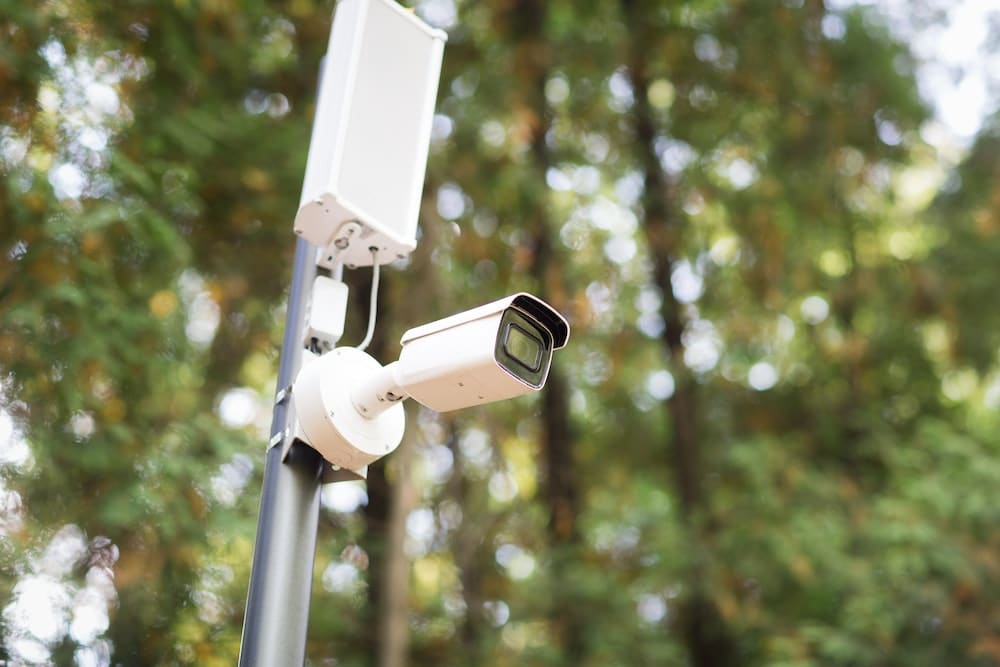How to Monitor the Water Quality in a Goldfish Tank for Optimal Health?

Goldfish make for excellent pets. Their vibrant colors, playful antics, and low maintenance requirements have made them a favorite among aquarium enthusiasts worldwide. However, the health and well-being of your goldfish are directly tied to the quality of the water in their tank. Monitoring and maintaining this water quality is crucial to ensuring your goldfish live a long, healthy and happy life. This article explores how to monitor the water quality in a goldfish tank for optimal health.
Understanding the Importance of Water Quality
Before we delve into the specifics of how to monitor the water quality in your goldfish tank, let’s first understand why this is so important.
Dans le meme genre : What’s the Safest Approach for Treating Ice Melt Ingestion in Dogs?
Water is the lifeline for your goldfish, providing them with everything they need for survival. It is the medium through which they breathe, eat, excrete waste, and live out their lives. Any changes in the water quality can have a direct and significant impact on the health and well-being of your goldfish.
Poor water quality can cause various health issues in goldfish, ranging from stress and lethargy to more serious problems like fin rot and bacterial infections. On the other hand, good water quality can help boost your goldfish’s immune system, support their growth, and promote overall well-being.
A découvrir également : What’s the Optimal Frequency for Trimming the Nails of an Active Outdoor Cat?
Key Water Quality Parameters to Monitor
To maintain optimal water quality in your goldfish tank, you need to keep track of several key parameters. These include temperature, pH, ammonia, nitrite, and nitrate levels.
Temperature
Goldfish are cold-water fish, and they prefer a temperature range of 20-23 degrees Celsius. Regularly check the tank temperature using a reliable aquarium thermometer. Sudden temperature changes can stress your goldfish and may lead to illness or death.
pH Level
The pH level is a measure of how acidic or alkaline the water is. Goldfish thrive in slightly alkaline water with a pH level between 7.0 and 7.5. Use a reliable pH test kit to monitor the pH level in your goldfish tank.
Ammonia, Nitrite, and Nitrate Levels
Ammonia, nitrite, and nitrate are waste products produced by fish and other organisms in the tank. High levels of these substances can be toxic to your goldfish. Monitor these levels using appropriate water test kits, and take necessary actions to reduce them if they are high.
Regular Testing and Maintenance
Monitoring the water quality in your goldfish tank is not a one-time task. It requires regular testing and maintenance to ensure the water conditions are optimal for your goldfish.
Test the water in your goldfish tank at least once a week. If you notice any changes, take immediate corrective action. This may involve adjusting the pH level, reducing ammonia, nitrite, or nitrate levels, or changing the water if necessary.
Routine tank maintenance is also crucial for maintaining good water quality. Regular cleaning, changing about 10-15% of the tank water every week, and maintaining the filter system can help keep the water clean and healthy for your goldfish.
Use of Water Conditioners and Beneficial Bacteria
Lastly, the use of water conditioners and beneficial bacteria can also help improve the water quality in your goldfish tank.
Water conditioners can help neutralize harmful chemicals in the water, like chlorine and chloramines, making it safe for your goldfish. They can also help stabilize the pH level and reduce harmful metals in the water.
Beneficial bacteria, on the other hand, can help break down harmful substances like ammonia and nitrites. You can add these bacteria to your tank by using commercially available bacterial supplements.
Monitoring the water quality in a goldfish tank may seem like a daunting task, but with regular testing and maintenance, it is easily manageable. Remember, the effort you put into monitoring and maintaining the water quality can greatly contribute to the health, happiness, and longevity of your beloved goldfish.
Setting Up a Regular Monitoring Routine
Creating a routine for monitoring water quality can save you stress and ensure your goldfish’s health. Consistent and regular testing is the key to maintaining optimal water conditions.
First, decide on a testing schedule. As a general rule, you should test your tank water at least once a week. However, if you notice your goldfish showing any sign of illness or stress, you should test the water immediately. Symptoms of poor water quality can include loss of appetite, lethargy, erratic swimming behavior, or visible signs of disease such as spots or wounds on the fish’s body.
Next, gather the necessary equipment. An aquarium test kit is an essential tool for any goldfish owner. These kits typically include tests for pH, ammonia, nitrite, and nitrate. In addition to the test kit, a good aquarium thermometer is also a must to monitor the temperature.
Finally, keep a record of your test results. This will help you track any changes or trends in the water conditions over time. It can also provide valuable information if you need to consult with a vet or a fish expert about your goldfish’s health.
The Role of Plants and Aeration in Water Quality
Aquarium plants and proper aeration can play a significant role in maintaining water quality. Plants can absorb harmful substances such as ammonia and nitrates, while also producing oxygen during the day for your goldfish.
Adding live plants to your tank can be beneficial as they help to create a more natural environment for your goldfish. They also provide hiding spots and can make your fish feel safer and less stressed.
Aeration, or oxygenation of the water, is another important aspect of maintaining water quality. Goldfish, like all fish, need oxygen to survive and they get this from the water. Aquarium air pumps and air stones help introduce more oxygen into the water and create a healthier environment for your fish.
Conclusion
The health and wellbeing of your goldfish are directly linked to the quality of the water in their tank. Understanding the importance of water quality, knowing the key parameters to monitor, setting up a regular testing routine, and utilizing tools like plants and aeration can all contribute to maintaining optimal water conditions.
Monitoring the water quality in a goldfish tank may initially seem challenging, but with consistency and dedication, it becomes a manageable and rewarding task. After all, the effort you invest in testing and maintaining the water quality directly impacts the health, happiness, and lifespan of your goldfish.
Keeping your goldfish’s environment clean and healthy is a commitment, but it’s one that comes with the reward of watching your pet thrive in a safe, comfortable, and clean environment. So keep testing, keep adjusting, and keep enjoying the wonderful world of goldfish keeping.
